
Avalon
Visualisation of the polish lines
Purpose
The objective of Avalon and Avalight is to visualize and emphasize the ‘zoetheid’
(polish lines) of polished gemstone facets.Description
The ‘zoetheid’ of a facet is the degree to which polishing lines are visible and therefore it is
an important aspect of the finish grade of the facet.
Because of the constantly increasing quality demands placed on polished diamond, the problem of zoetheid becomes more and more important.
To visualize ‘zoetheid’, WTOCD developed a device to evaluate facets of stones in the tang. Out of this a second tool, named Avalight, originated to grade finished stones on the D-Scope microscope.
What you should know about evaluating 'zoetheid'.
The loupe
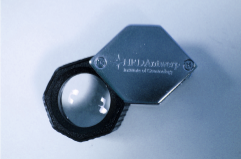 Nowadays the polisher evaluates ‘zoetheid’ with a loupe (magnification
10x). The facet has to be observed under a small angle. The difficulty
of this method lies in the positioning of the stone in relation to a
light source to put the facet in reflection (known as grazing
illumination).
Nowadays the polisher evaluates ‘zoetheid’ with a loupe (magnification
10x). The facet has to be observed under a small angle. The difficulty
of this method lies in the positioning of the stone in relation to a
light source to put the facet in reflection (known as grazing
illumination).
Varying the light intensity by tilting the stone makes the polishing lines visible. It is obvious that this is not an easy task and that it requires a trained observer.
Very fine scratches are often seen by looking through opposite facets towards the facet under investigation. Many of these scratches are invisible when looking at the facet from the outside.
The microscope
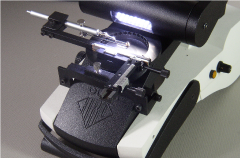 The evaluation of ‘zoetheid’ with a microscope is done in the same way as with the loupe,
or through the stone. However in this case one has better control over the lighting and the
manipulation of the stone. The availability of higher magnifications is an additional advantage.
Nevertheless this method requires experience and polishing lines may be difficult to detect.
The evaluation of ‘zoetheid’ with a microscope is done in the same way as with the loupe,
or through the stone. However in this case one has better control over the lighting and the
manipulation of the stone. The availability of higher magnifications is an additional advantage.
Nevertheless this method requires experience and polishing lines may be difficult to detect.
Avalon
 By using a special light source a new device, called Avalon, visualizes the surface finish of
a facet with very high contrast. This requires that the facet is positioned perpendicular to
the optical axis of the measuring tool, which can easily be achieved in case the stone is still
in the tang. This brings us to the essence of the device.
By using a special light source a new device, called Avalon, visualizes the surface finish of
a facet with very high contrast. This requires that the facet is positioned perpendicular to
the optical axis of the measuring tool, which can easily be achieved in case the stone is still
in the tang. This brings us to the essence of the device. ‘Zoetheid’ can thus be observed by the polisher and allows him to intervene immediately if necessary. The zoetheid will be better visible for the polisher than for an observer examining the diamond using classical tools after polishing.
Repolishing of stones due to ‘onzoetheid’ can be avoided by using Avalon, and therefore efficiency will increase.
Avalight
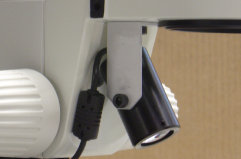 Avalight
is the light source that is used in Avalon. It is adapted to be fitted easily on the Comdiam-microscope (D-Scope).
Polishing lines can be observed more easily with this light source than with a classical light source.
By putting a facet in reflection with the Avalight light source, the ‘zoetheid’ can be observed instantly.
This method makes the grading of stones out of the tang much easier by offering the evaluator a superior
visualization tool. Magnification and manipulation possibilities of the microscope are combined with the
visualization principles of Avalon.
Avalight
is the light source that is used in Avalon. It is adapted to be fitted easily on the Comdiam-microscope (D-Scope).
Polishing lines can be observed more easily with this light source than with a classical light source.
By putting a facet in reflection with the Avalight light source, the ‘zoetheid’ can be observed instantly.
This method makes the grading of stones out of the tang much easier by offering the evaluator a superior
visualization tool. Magnification and manipulation possibilities of the microscope are combined with the
visualization principles of Avalon.Examples
Microscope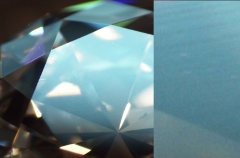
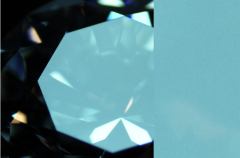
Avalon
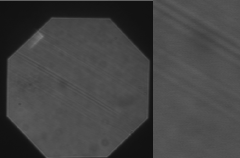
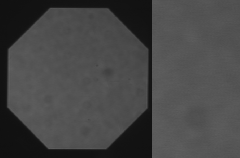
Avalight
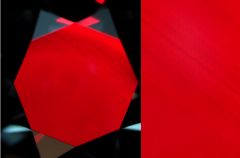
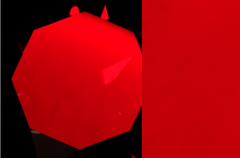
Contact
For Commercial applications:, website Comdiam
For experimental applications and advice: